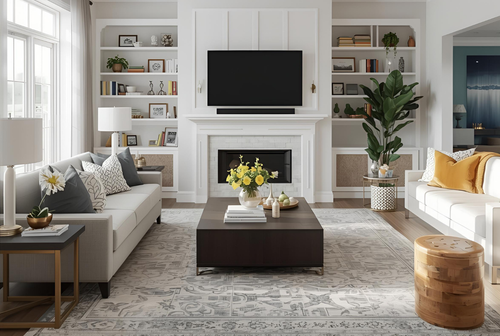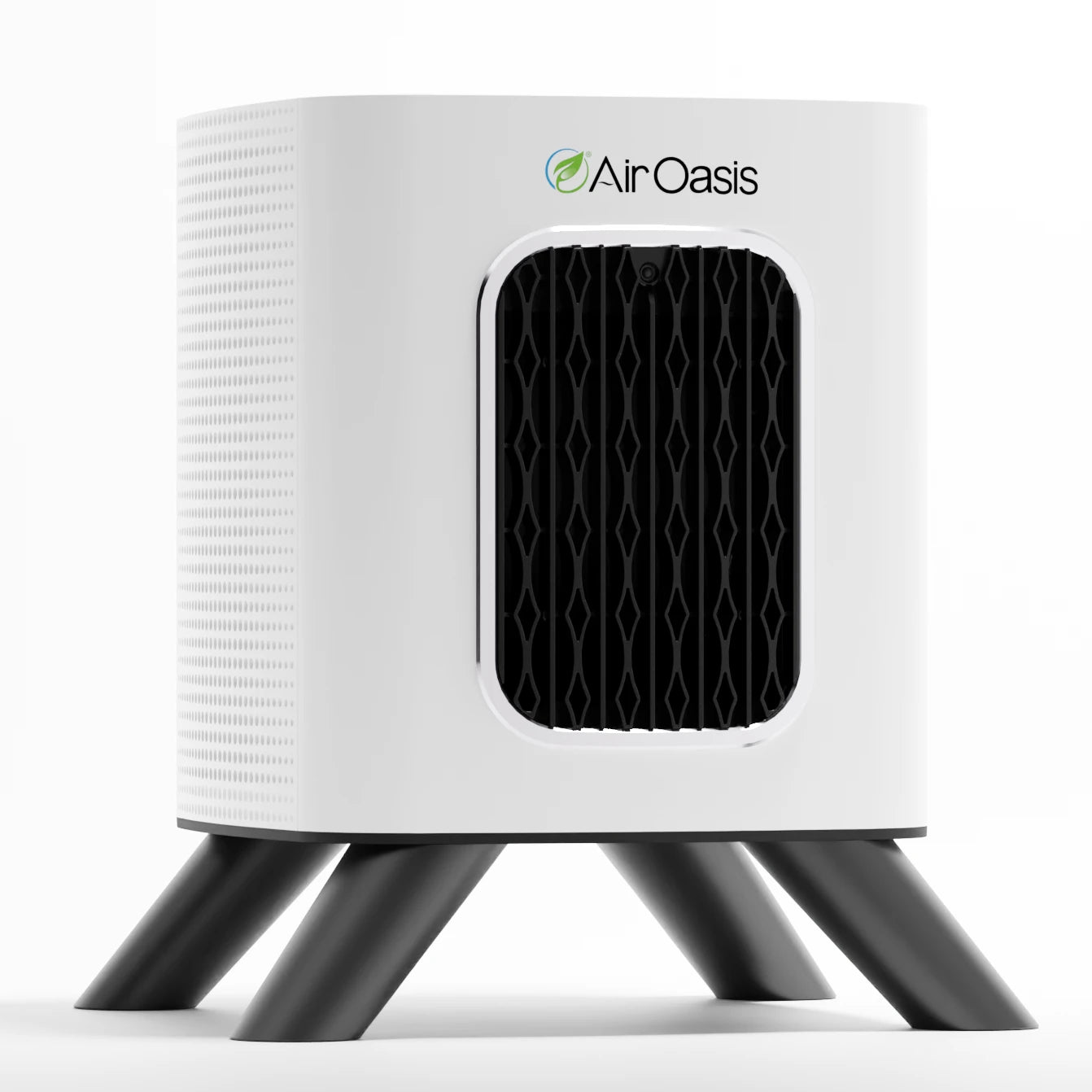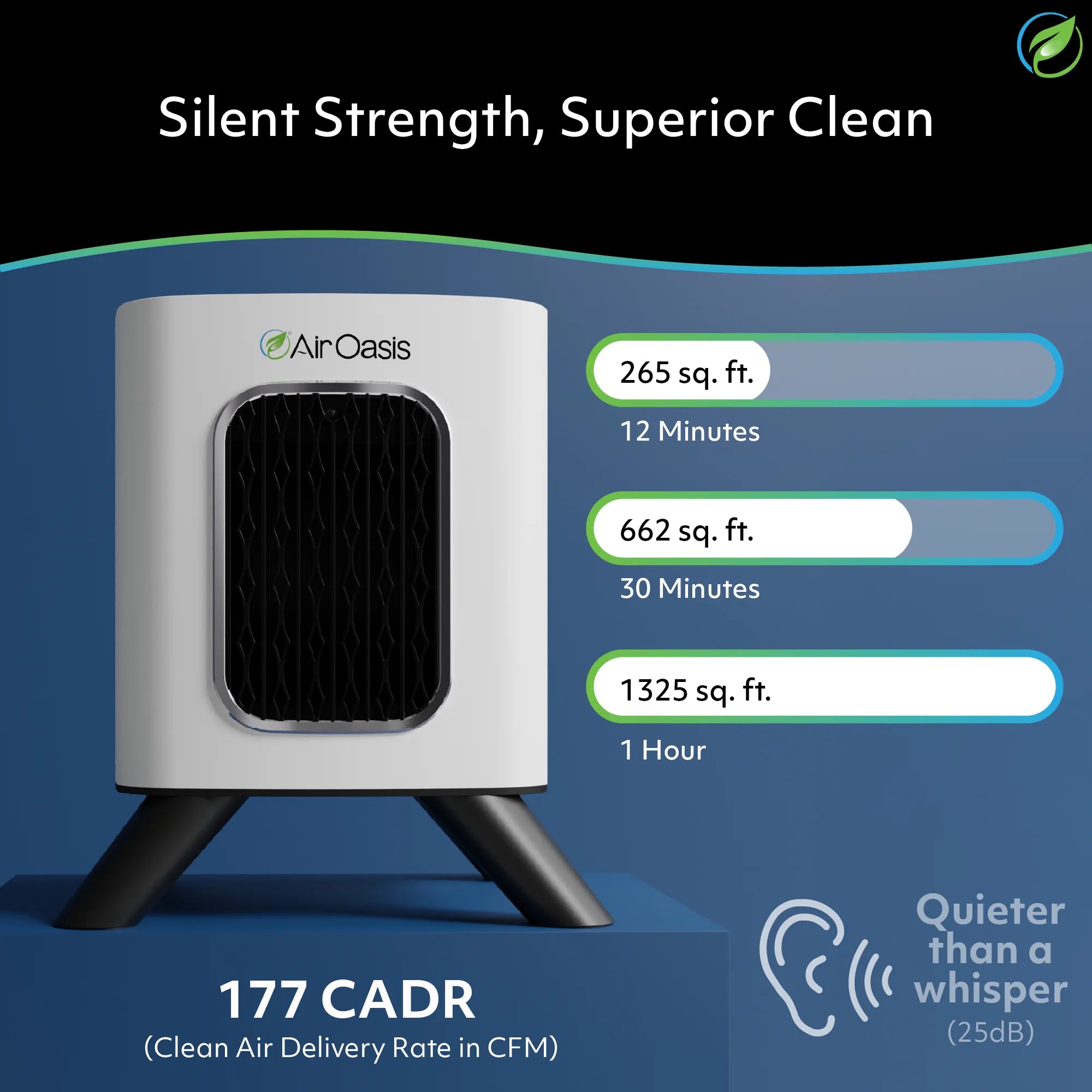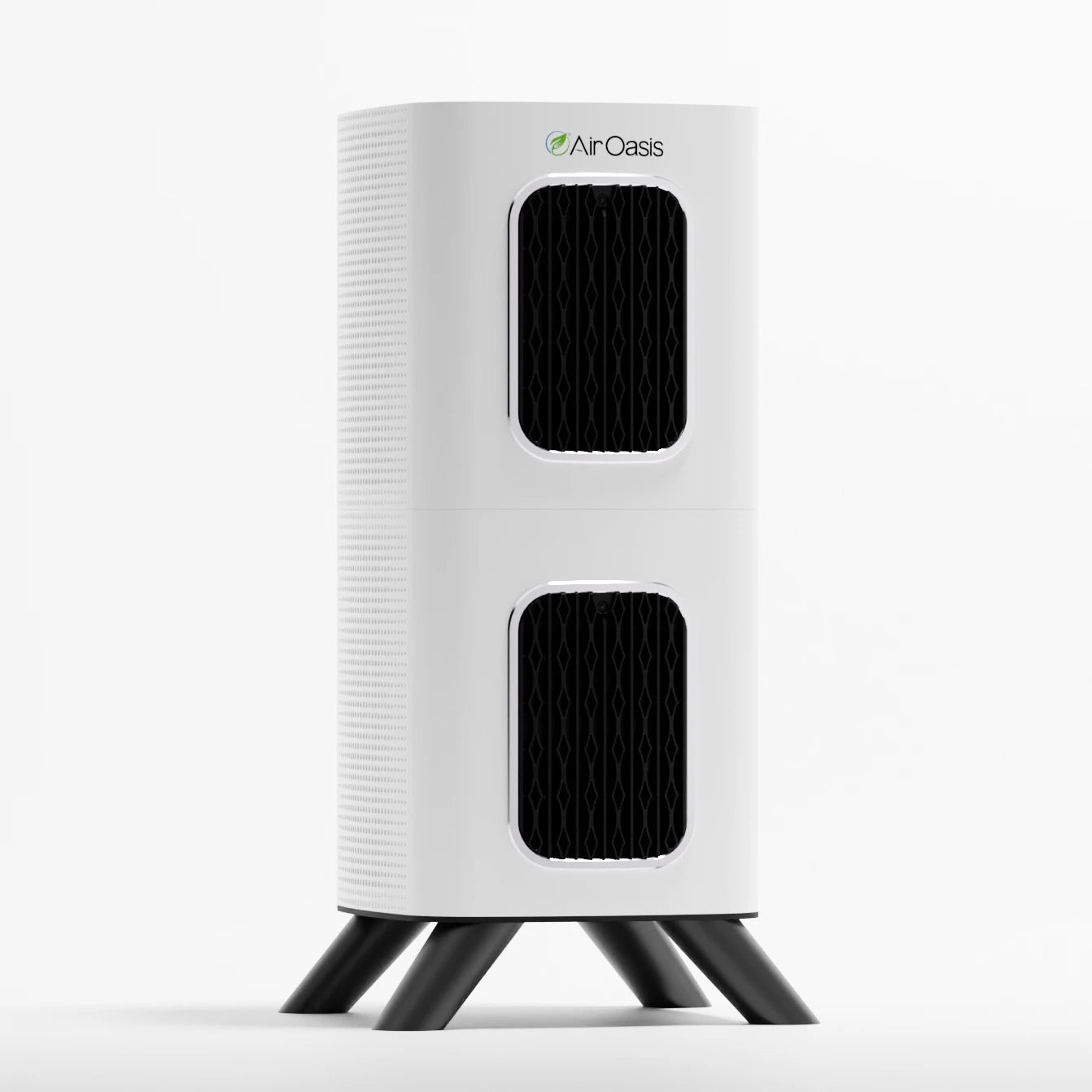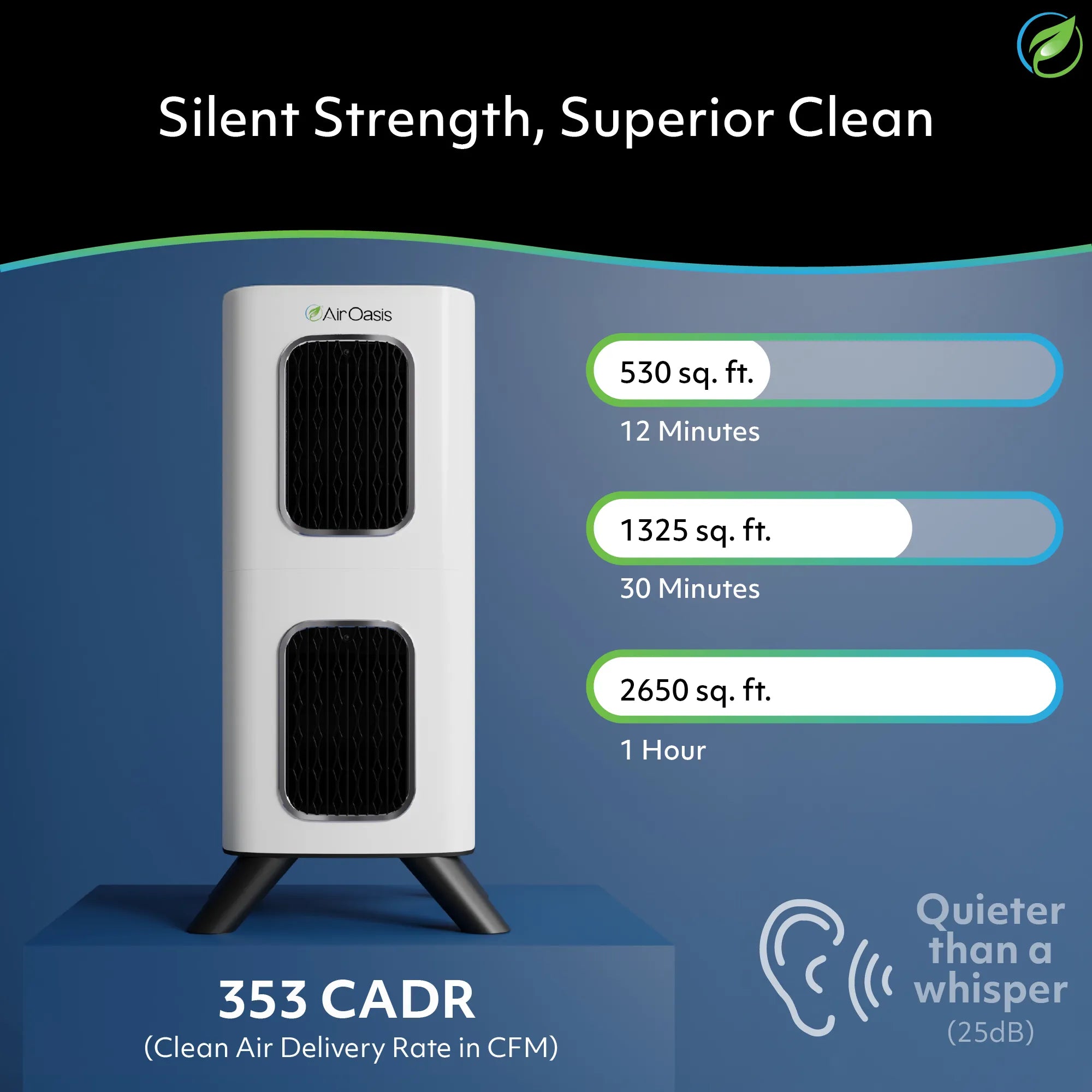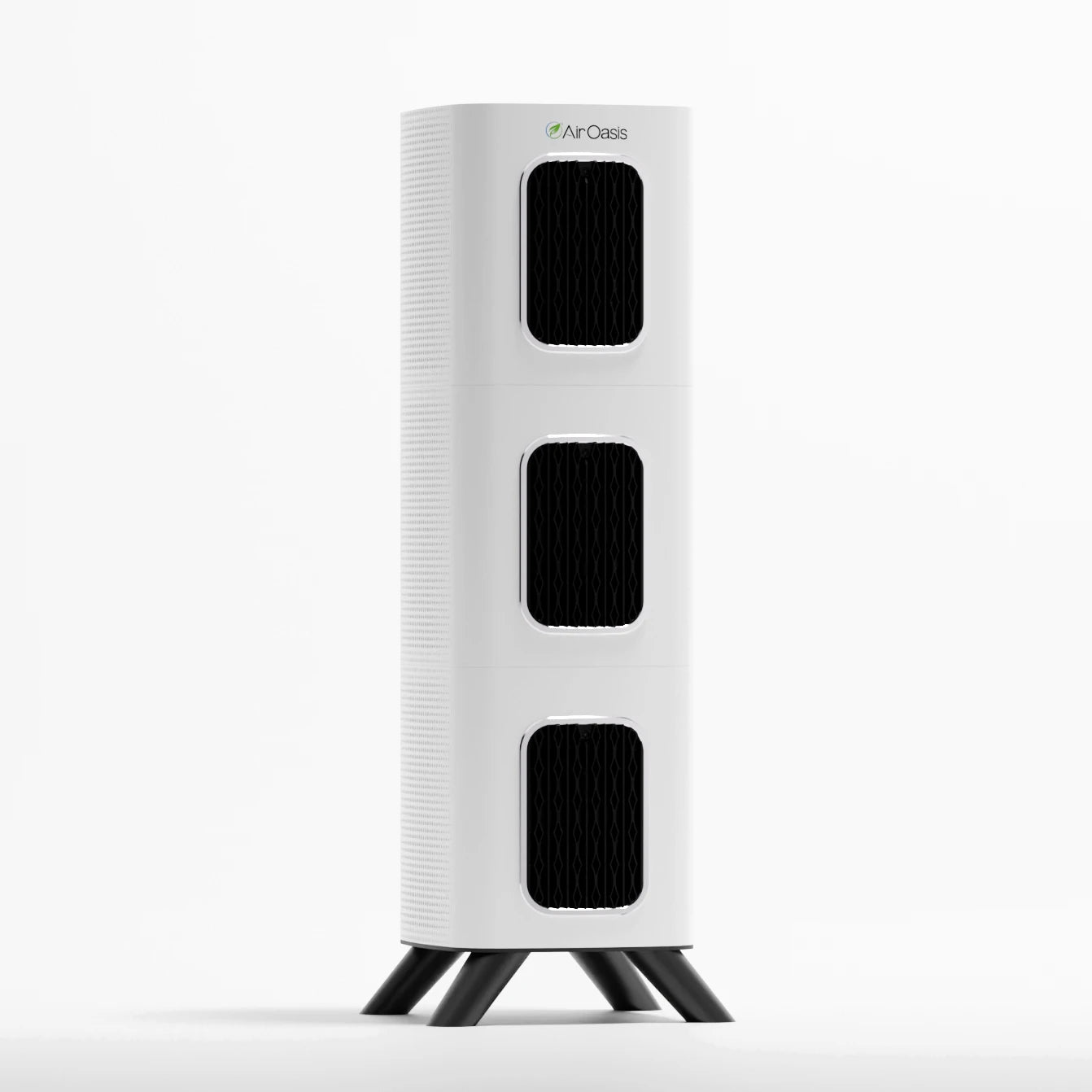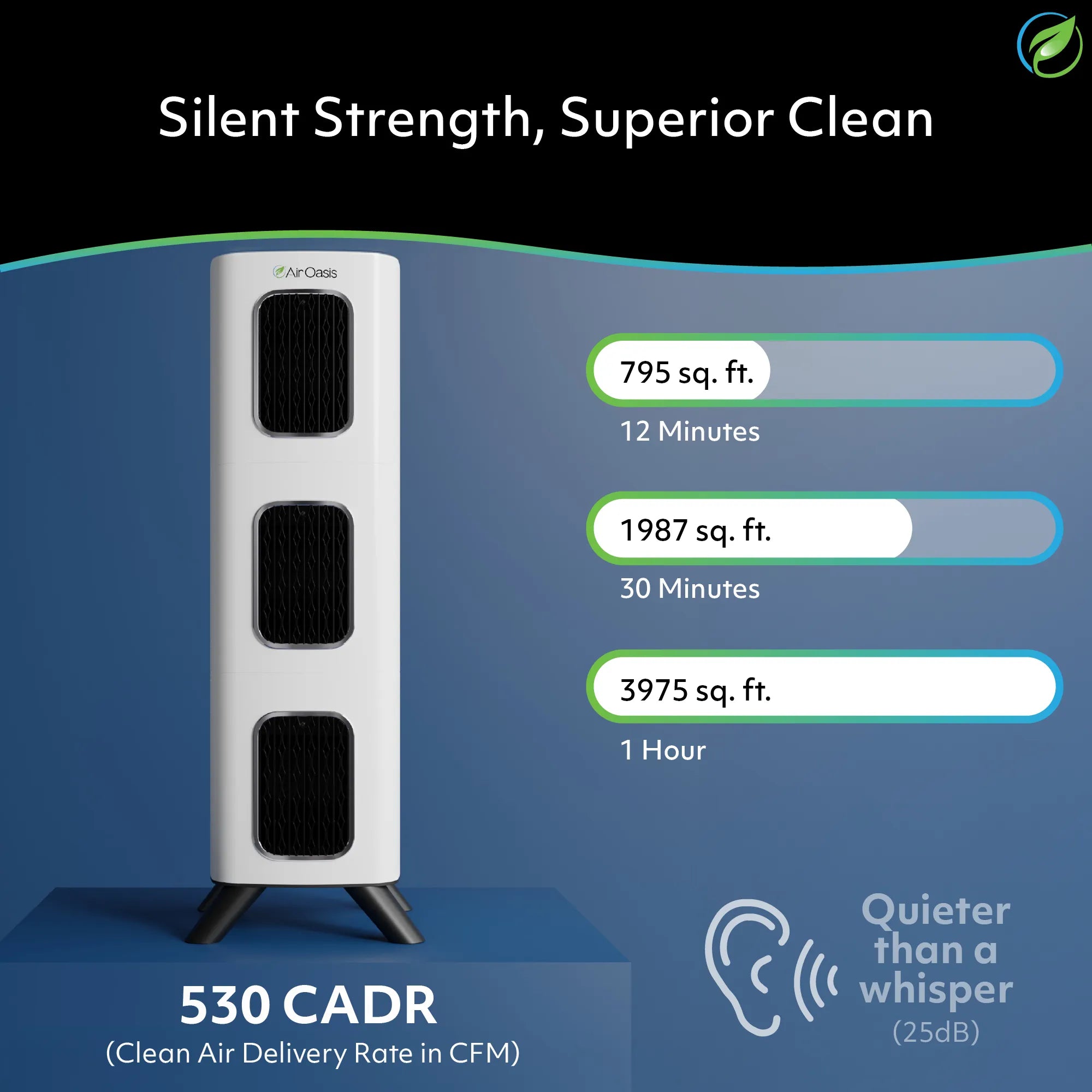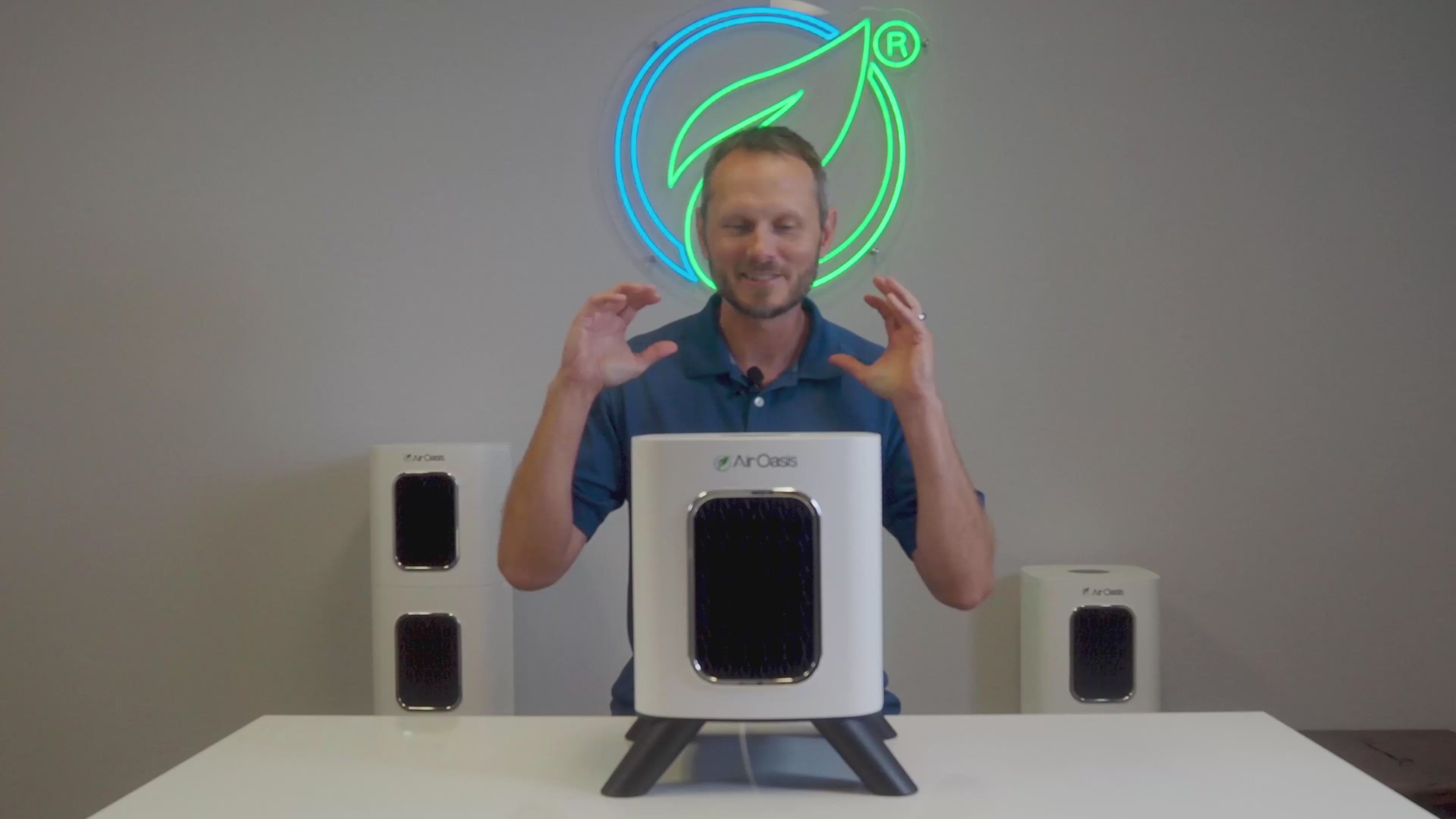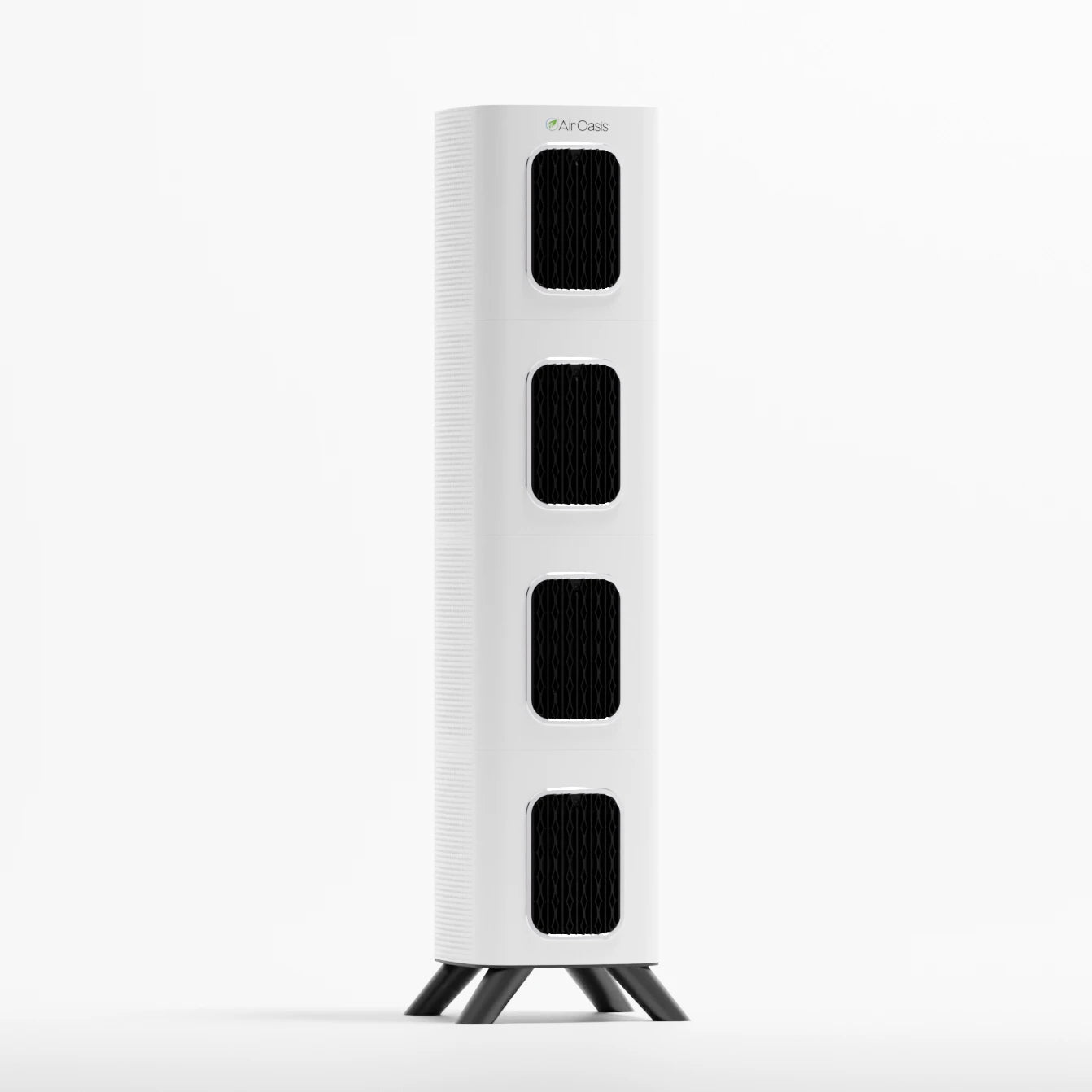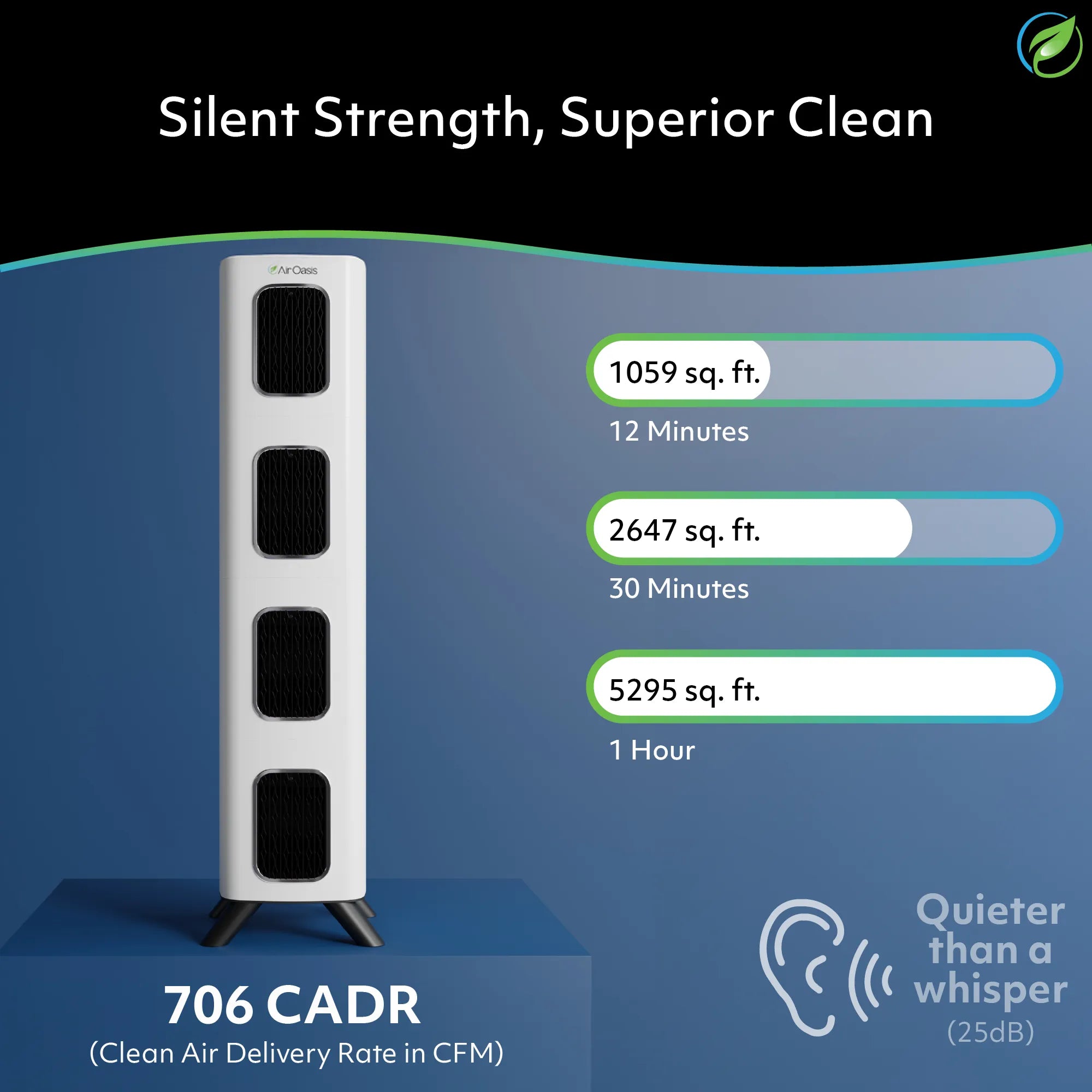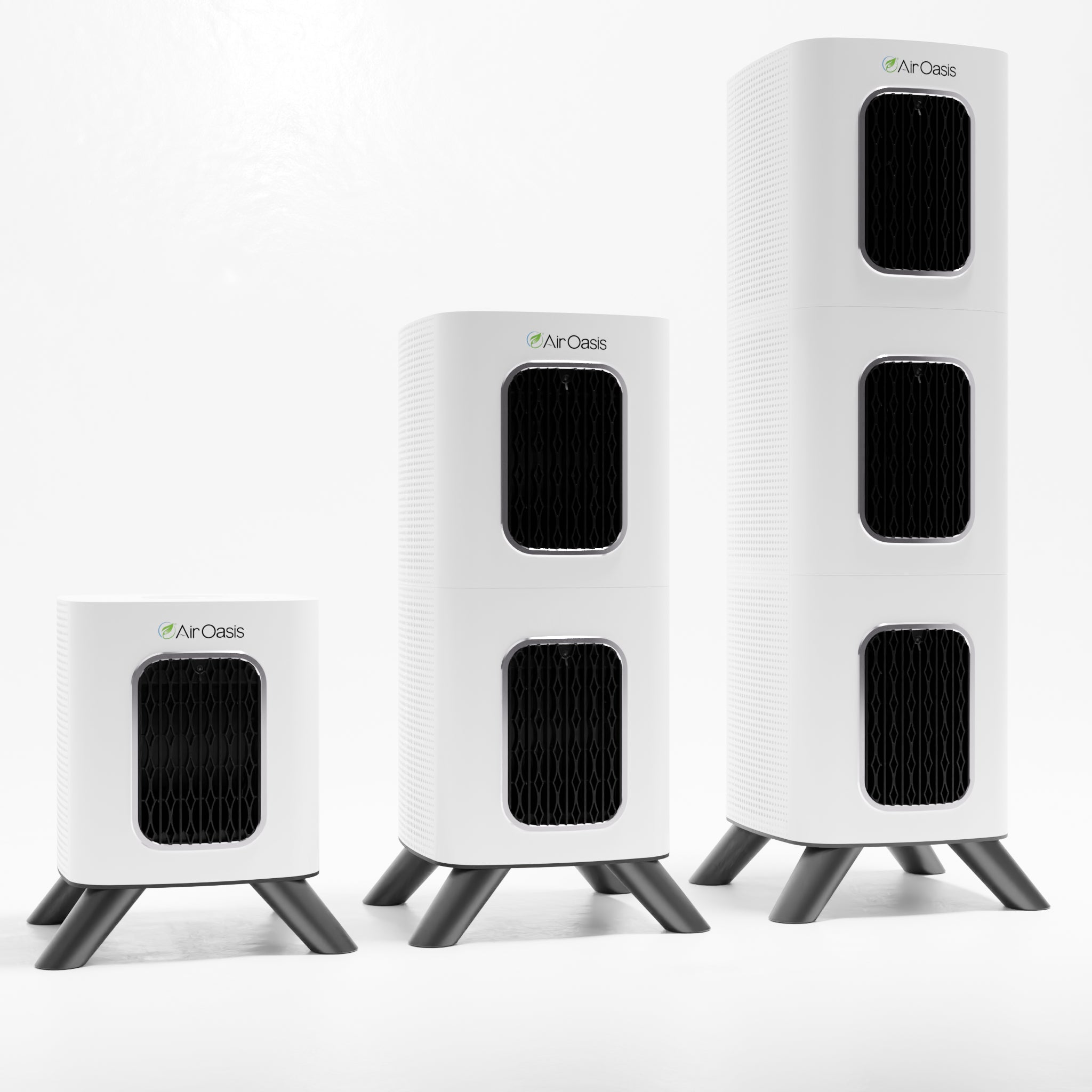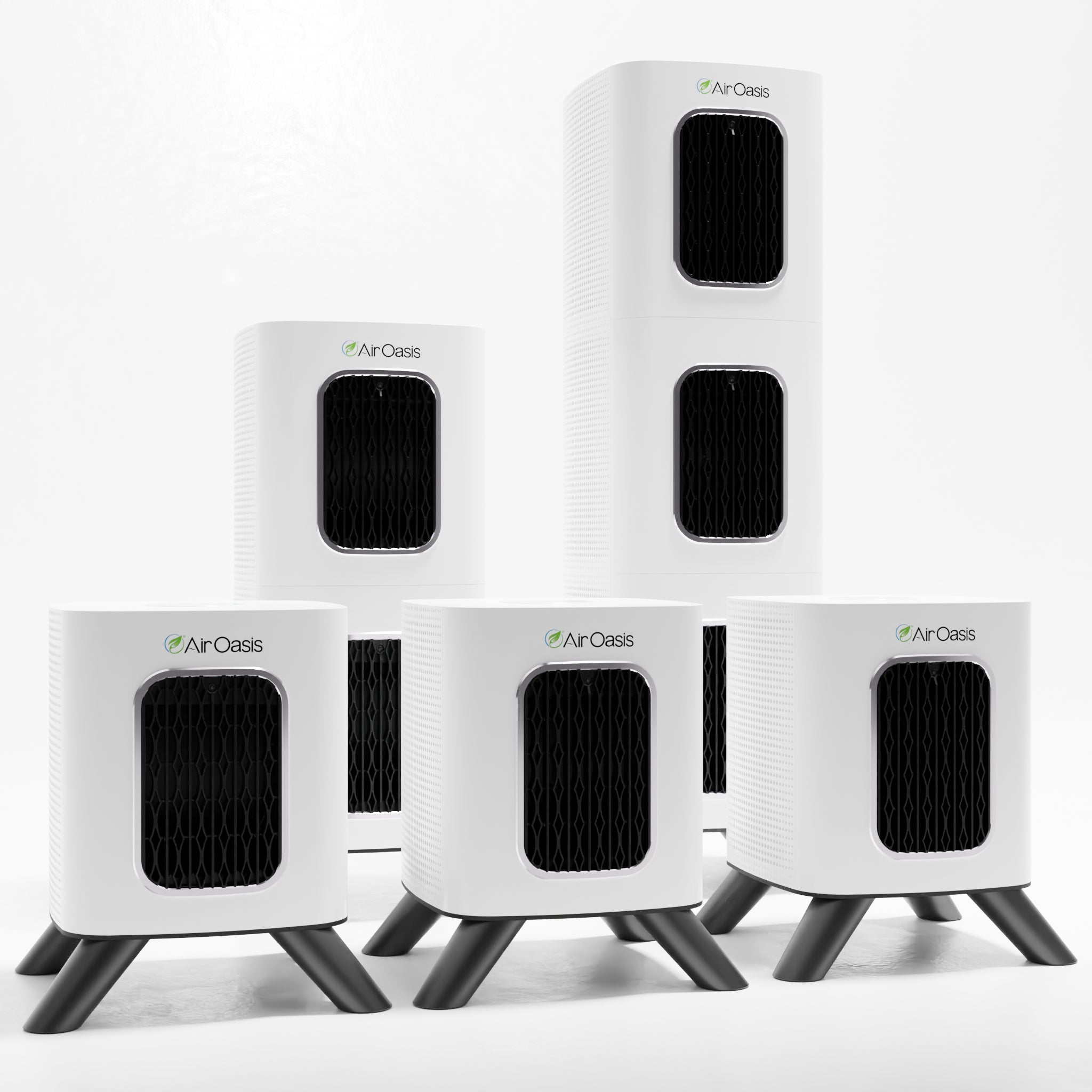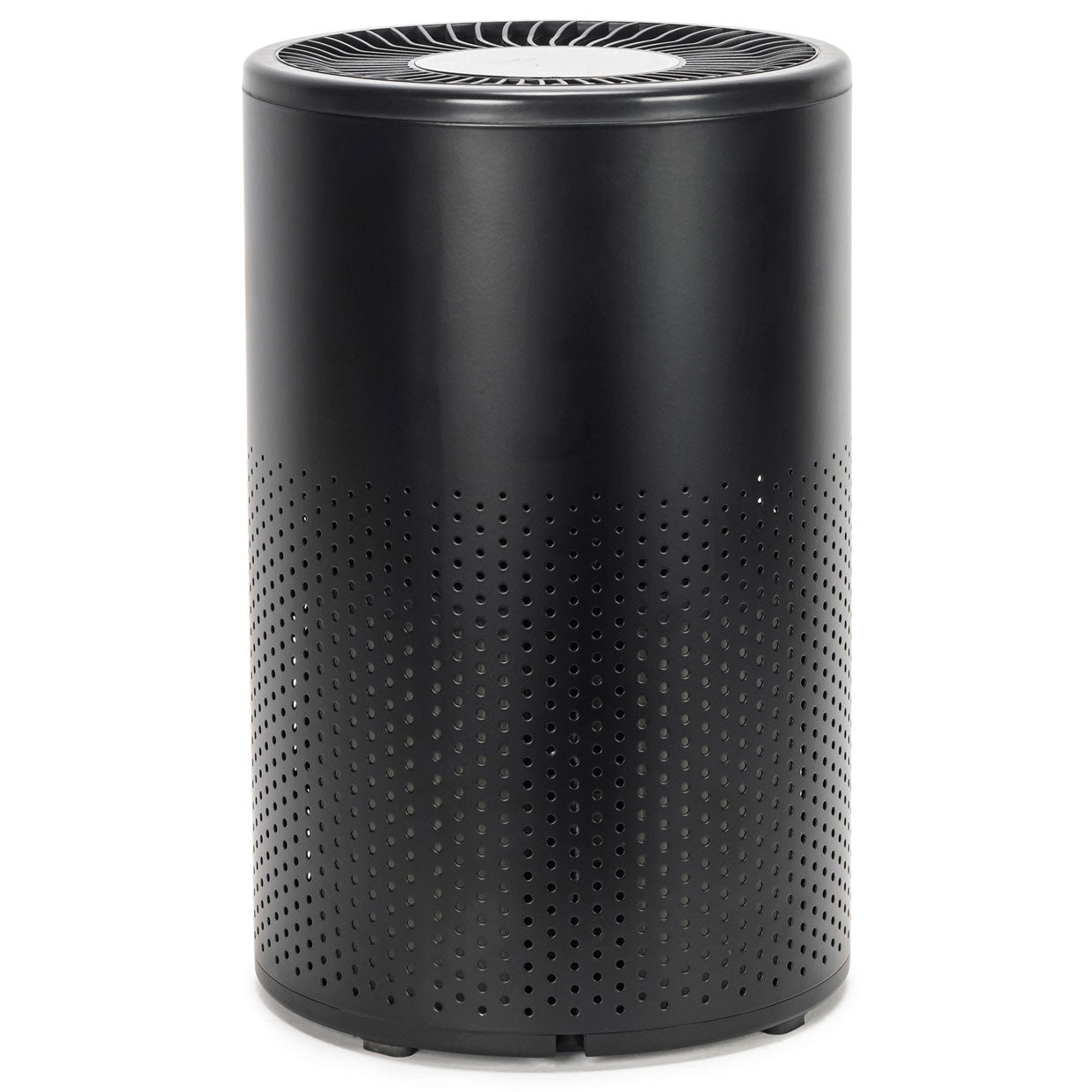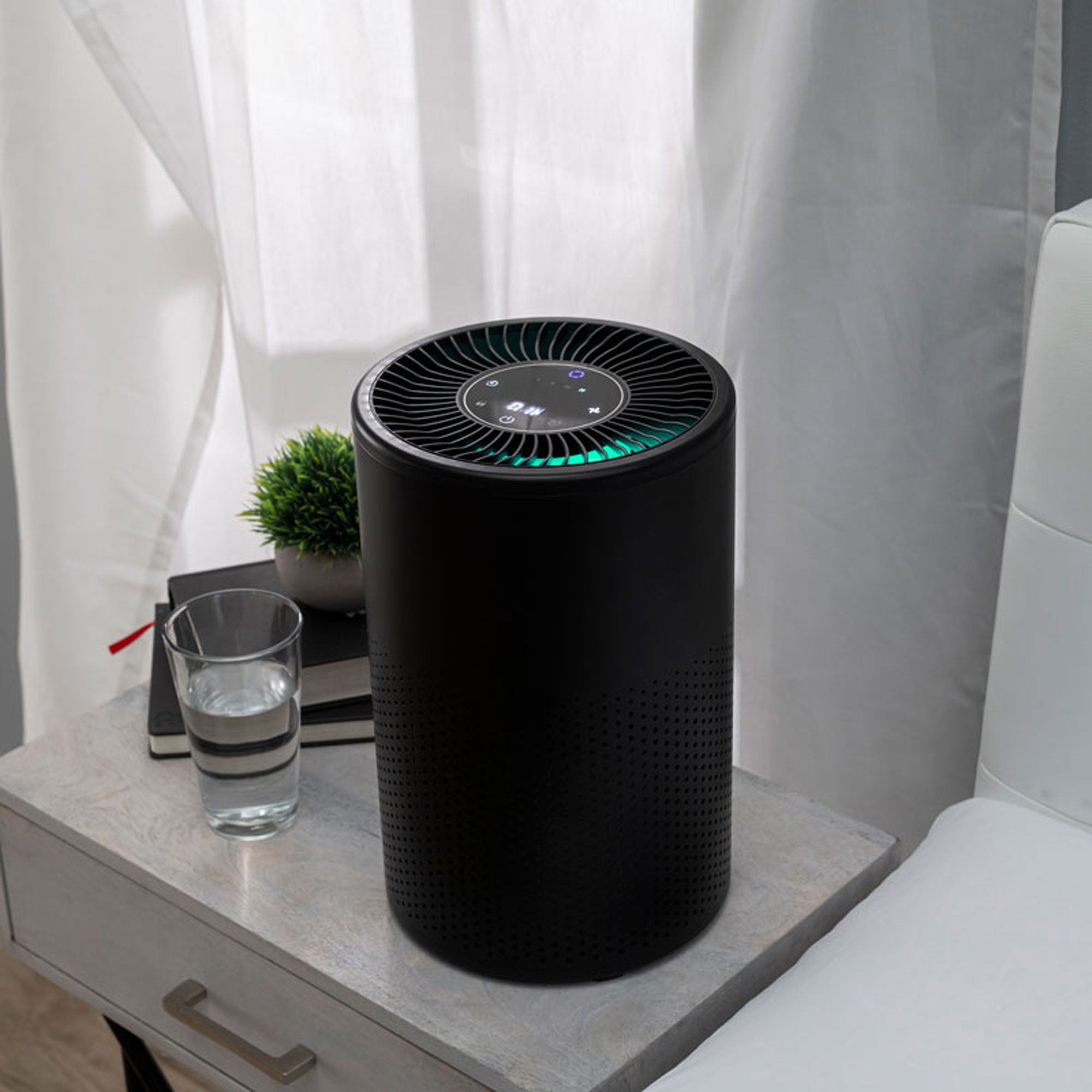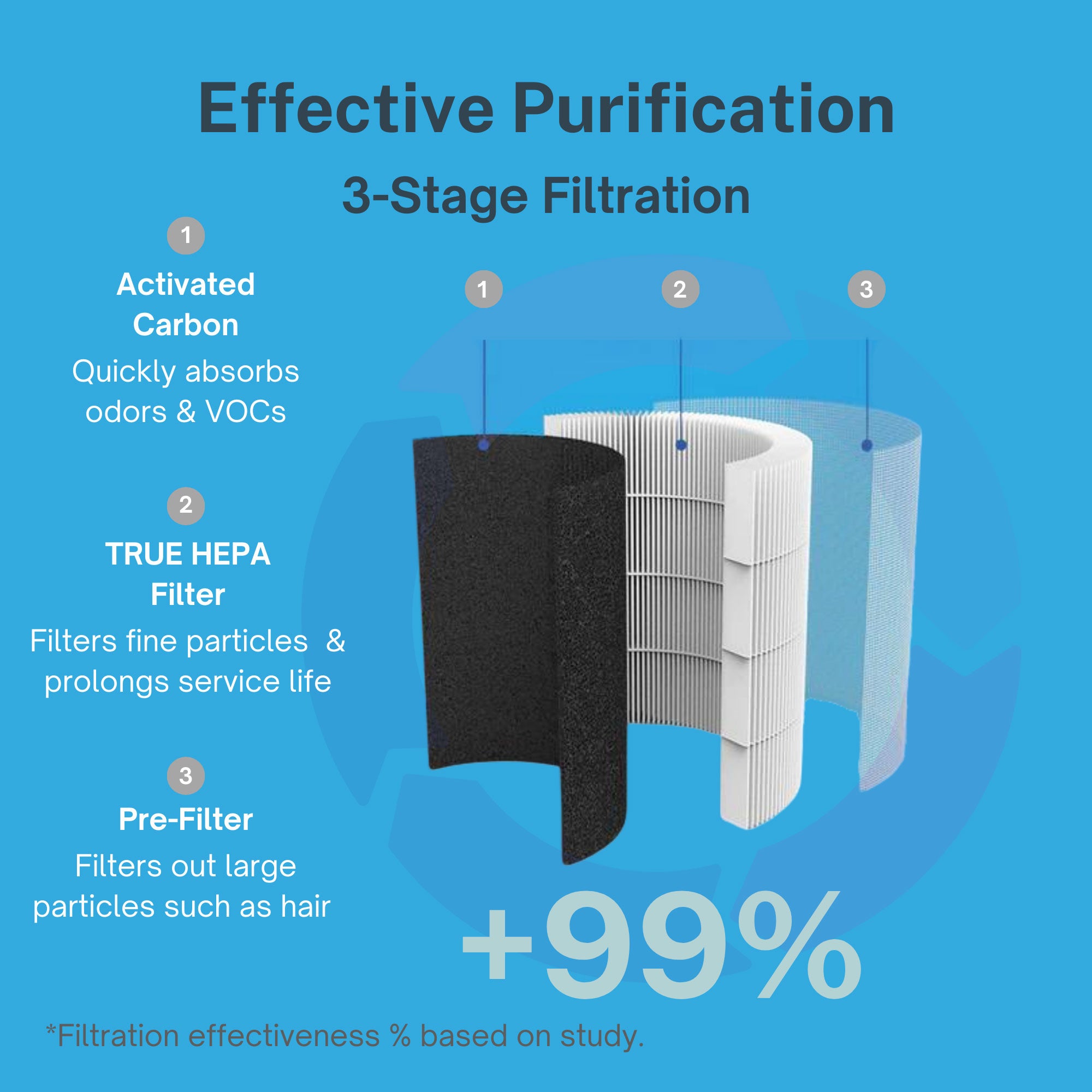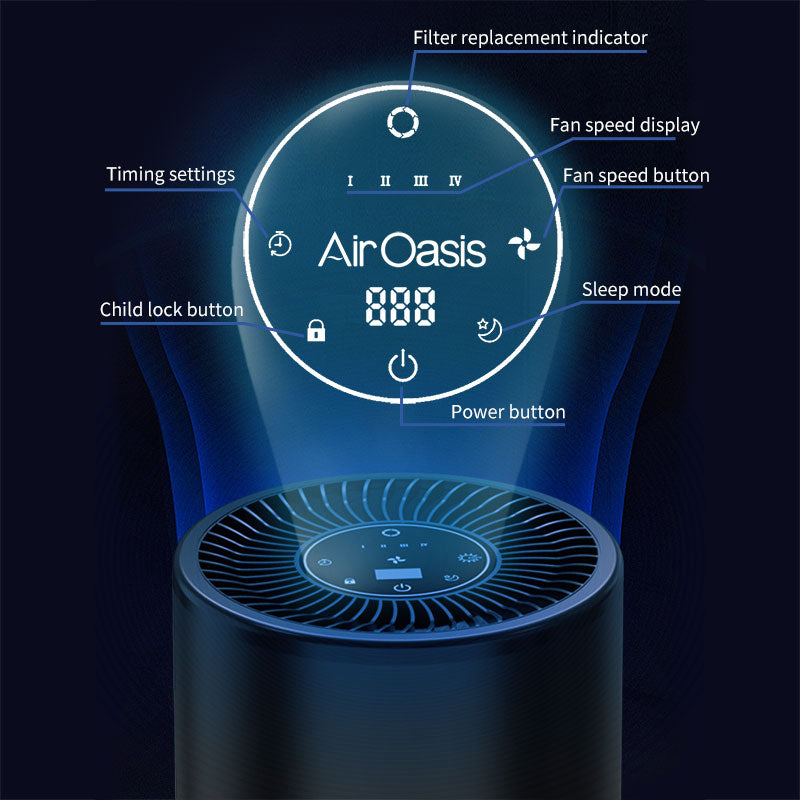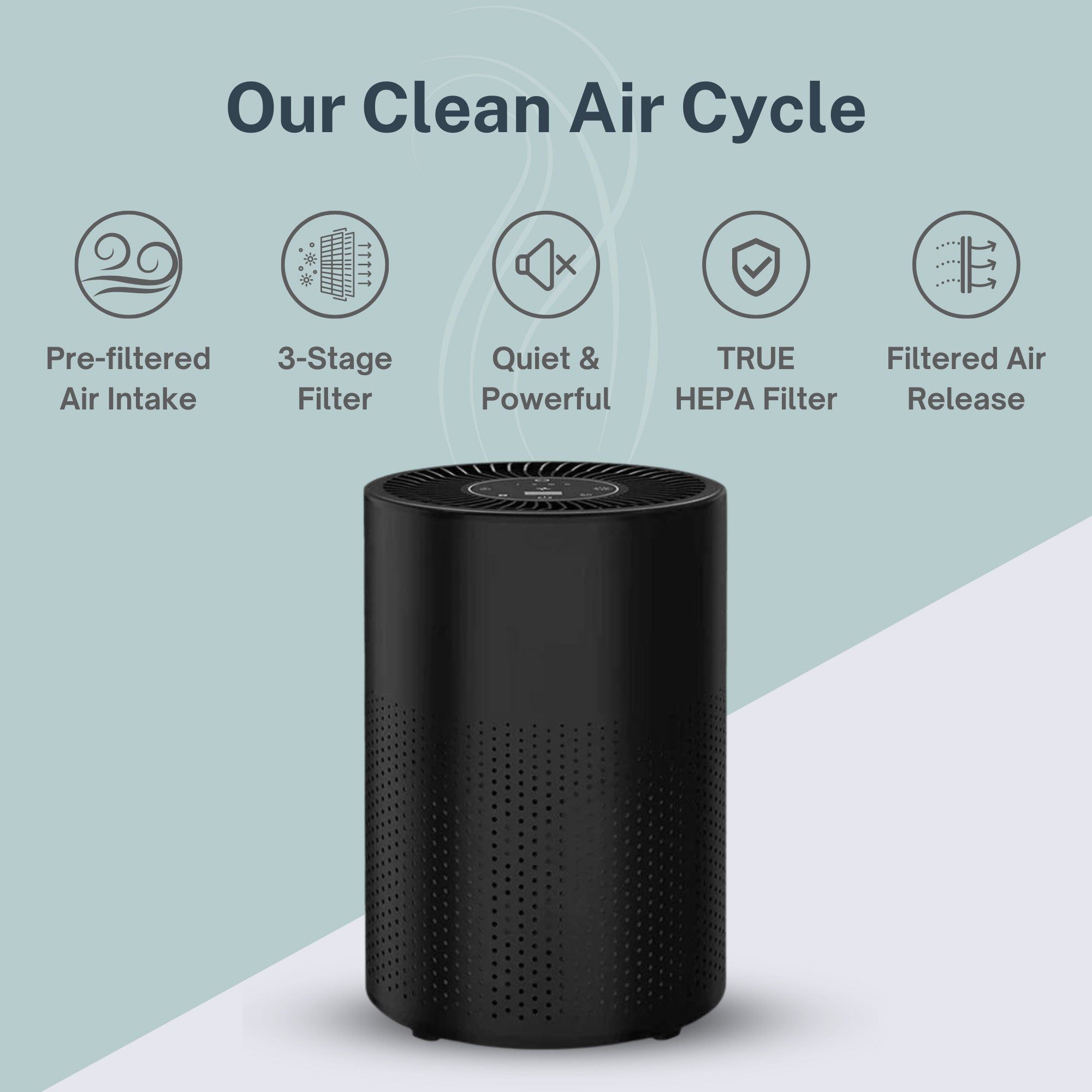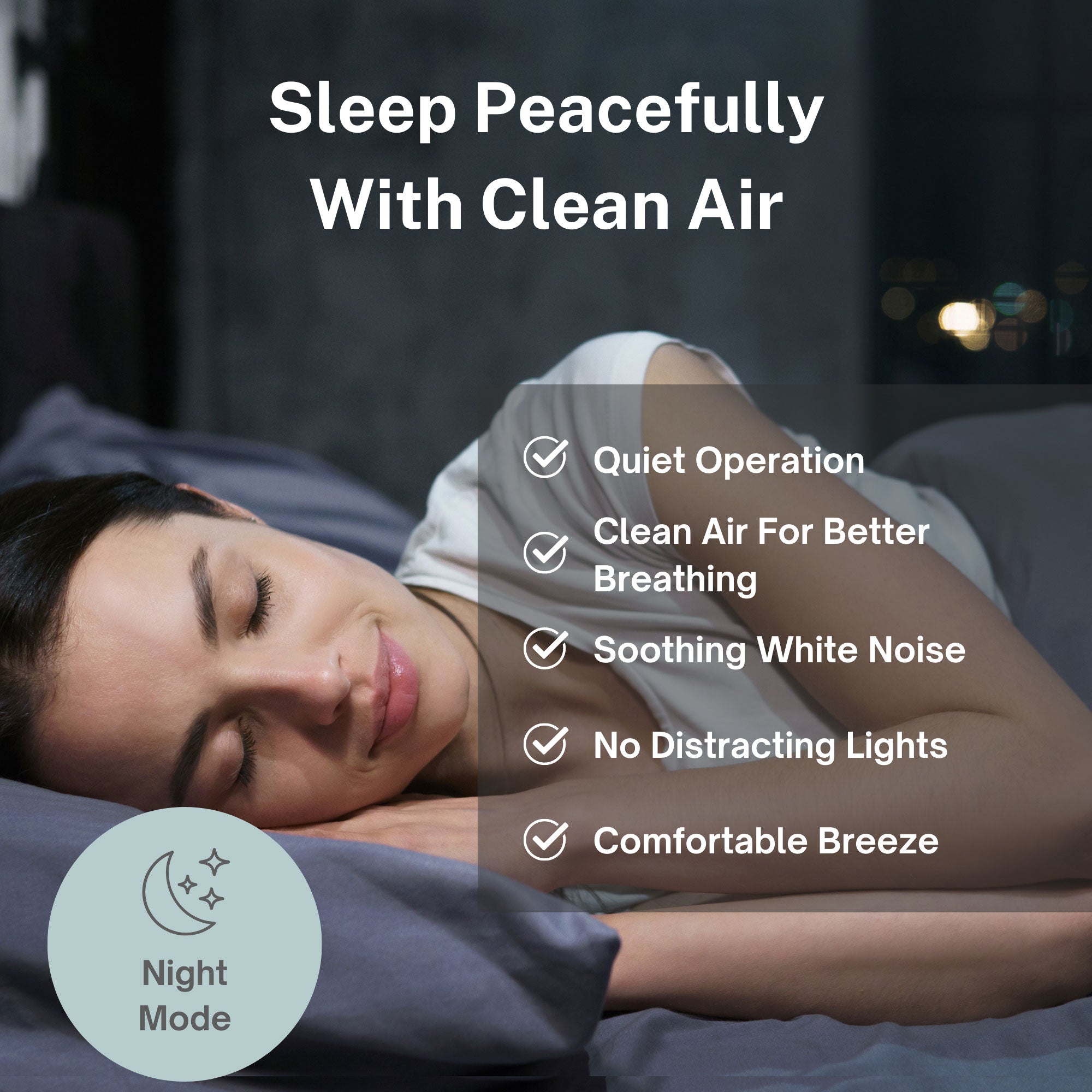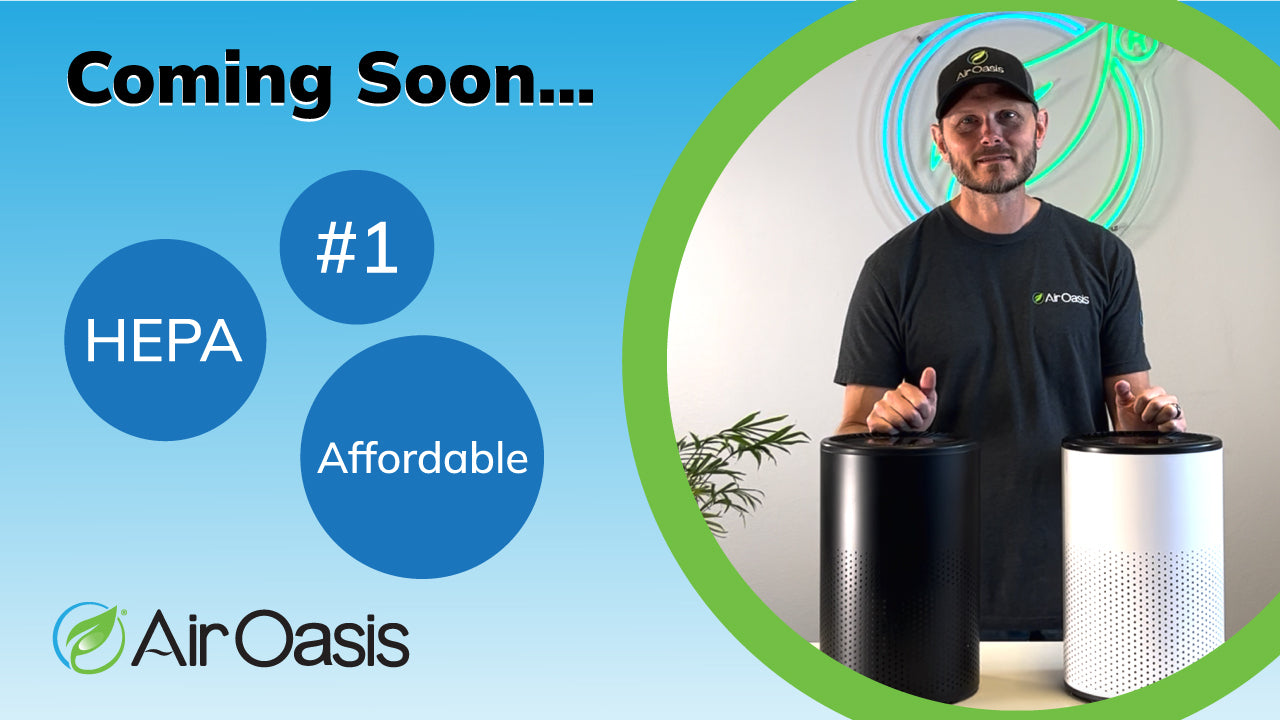Minnesota faces another Forecast First Alert due to smoke from Canadian wildfires, creating unhealthy air quality conditions that require immediate protective action. With multiple air quality alerts already affecting the region this season, residents need practical strategies to protect their health during these increasingly common pollution events that can transform outdoor air from safe to hazardous within hours.
The microscopic particles in wildfire smoke can easily penetrate the eyes and respiratory system, triggering immediate health symptoms while also causing long-term damage through inflammatory responses that affect cardiovascular, respiratory, and neurological systems. For health-conscious individuals, understanding effective protection strategies becomes essential for maintaining optimal wellness during environmental emergencies that are becoming more frequent and severe across North America.
1. Stay Indoors During Air Quality Alerts
The most effective protection strategy during poor air quality events is minimizing outdoor exposure by staying inside whenever possible. Health experts consistently emphasize that indoor environments provide the best protection against wildfire smoke and other airborne pollutants, but only when properly managed to prevent outdoor air infiltration.
However, simply staying indoors isn't sufficient if your home allows significant air exchange with contaminated outdoor environments.
Creating effective indoor refuges requires sealing obvious air leaks around windows and doors while implementing comprehensive air purification strategies that actively remove smoke particles and toxic gases. The goal is transforming your home into a clean air sanctuary that maintains healthy breathing conditions regardless of outdoor pollution levels.
2. Avoid Outdoor Exercise and Strenuous Activities
During air quality alerts, outdoor exercise and strenuous activities dramatically increase pollution exposure by forcing deeper, more rapid breathing that delivers larger quantities of toxic particles directly to lung tissue. The increased respiratory rate during exercise can multiply pollution exposure by 10-15 times compared to resting breathing patterns.
Even activities that normally promote health—jogging, cycling, outdoor sports—become health risks during poor air quality events. The inflammatory burden from breathing polluted air during exercise can negate the cardiovascular benefits of physical activity while triggering respiratory symptoms that can persist long after the workout ends.
Indoor exercise alternatives become essential during air quality alerts, but only in spaces with adequate air purification to ensure that indoor air quality remains significantly better than outdoor conditions. The Air Oasis commitment to exercise environment protection recognizes that maintaining fitness routines during air quality emergencies requires clean indoor spaces that support rather than compromise health goals.
3. Use HVAC Recirculation Mode
Setting your home's HVAC system to recirculation mode prevents the introduction of contaminated outdoor air while filtering existing indoor air through your system's filtration components. This strategy reduces the continuous influx of smoke particles that would otherwise enter through normal ventilation cycles.
Most residential HVAC systems include recirculation settings that allow air conditioning and heating to operate without drawing outdoor air, instead filtering and cooling or heating the existing indoor air supply. During air quality emergencies, this setting becomes crucial for preventing pollution infiltration while maintaining comfortable indoor temperatures.
The same principle applies to vehicle air conditioning systems—using recirculation mode during travel through smoky areas prevents cabin contamination while maintaining climate control. However, standard HVAC filtration may not remove the smallest and most dangerous particles, making additional air purification necessary for comprehensive protection.
4. Maintain Clean Air Filters
Clean air filters in HVAC systems, vehicles, and portable air purifiers become critical during air quality emergencies when these systems work overtime to maintain clean indoor environments. Clogged or dirty filters cannot effectively remove smoke particles and may actually impede airflow that reduces overall filtration efficiency.
Replacing HVAC filters before air quality events ensures maximum filtration capacity when protection is most needed. During extended smoke events, filters may require more frequent replacement as they become saturated with particles from continuous operation under challenging conditions.
Higher-efficiency filters (MERV 13 or higher) provide better protection against smoke particles than standard residential filters, but may require HVAC system modifications to accommodate increased airflow resistance. Balancing filtration efficiency with system compatibility ensures optimal protection without damaging heating and cooling equipment.
5. Deploy Air Purifiers Strategically
Running air purifiers during poor air quality events provides active protection against smoke infiltration while improving indoor air quality beyond what HVAC filtration alone can achieve. Strategic placement in bedrooms, living areas, and home offices creates clean air zones where family members can retreat during pollution emergencies.
The iAdaptAir technology from Air Oasis combines multiple filtration technologies—HEPA, activated carbon, UV-C sterilization, and ionization—to address both particulate and gaseous pollutants in wildfire smoke. This comprehensive approach removes microscopic particles while neutralizing toxic gases that single-technology filters cannot address.
Continuous operation during air quality alerts ensures consistent protection rather than reactive responses when pollution levels peak. Advanced air purifiers can maintain indoor air quality that measures significantly better than outdoor conditions, creating genuinely clean breathing environments during regional pollution emergencies.
6. Create Comprehensive Clean Air Refuges
The most effective protection strategy combines all previous recommendations into comprehensive clean air refuges that provide maximum protection during extended air quality emergencies. This involves sealing a specific room or area, deploying multiple air purifiers, maintaining HVAC recirculation, and ensuring adequate supplies for extended indoor stays.
Designated clean air rooms should include comfortable seating, entertainment options, adequate lighting, and access to food and water to make extended indoor time sustainable during multi-day smoke events. Planning ahead ensures that protection strategies can be implemented quickly when air quality alerts are issued.
Emergency preparedness should include backup power options for air purifiers, extra filter supplies, and communication devices to monitor air quality conditions and emergency updates. The goal is creating self-sufficient clean air environments that provide protection regardless of how long outdoor air quality remains hazardous.
Beyond Basic Protection: Advanced Strategies
While basic protection strategies provide essential safety during air quality emergencies, comprehensive health protection requires understanding that wildfire smoke events are becoming more frequent, more severe, and more geographically widespread. Minnesota's repeated air quality alerts this season reflect broader patterns that suggest regular smoke exposure may become the new normal rather than exceptional events.
Advanced protection strategies include investing in whole-house air purification systems that provide comprehensive protection rather than room-by-room solutions, implementing smart home air quality monitoring that provides real-time indoor and outdoor air quality data, and developing emergency protocols that can be quickly activated when air quality deteriorates.
Long-term health protection also requires understanding that repeated wildfire smoke exposure can cause cumulative health impacts that worsen over time. Taking comprehensive protection seriously during each air quality event helps prevent the gradual health deterioration that can result from chronic exposure to pollution that may seem manageable in the short term.
Taking Action for Your Health
Minnesota's current air quality challenges provide an immediate opportunity to implement protection strategies that could benefit your health during this and future pollution events. Rather than simply enduring poor air quality while hoping for improvement, taking control of your indoor breathing environment provides measurable benefits that support optimal health regardless of external conditions.
The key insight from repeated air quality alerts is that effective protection requires proactive strategies rather than reactive responses when pollution becomes obvious. Comprehensive indoor air purification provides immediate benefits during current wildfire smoke events while preparing for future environmental challenges that are likely to become more common and more severe.
Your health optimization goals cannot wait for perfect outdoor air quality or hope that future wildfire seasons will be less severe. Take control of your indoor air quality today with proven technology that creates consistently clean breathing environments regardless of external pollution events. Shop Air Oasis today and ensure that your wellness efforts remain protected during Minnesota's challenging air quality season and beyond.


